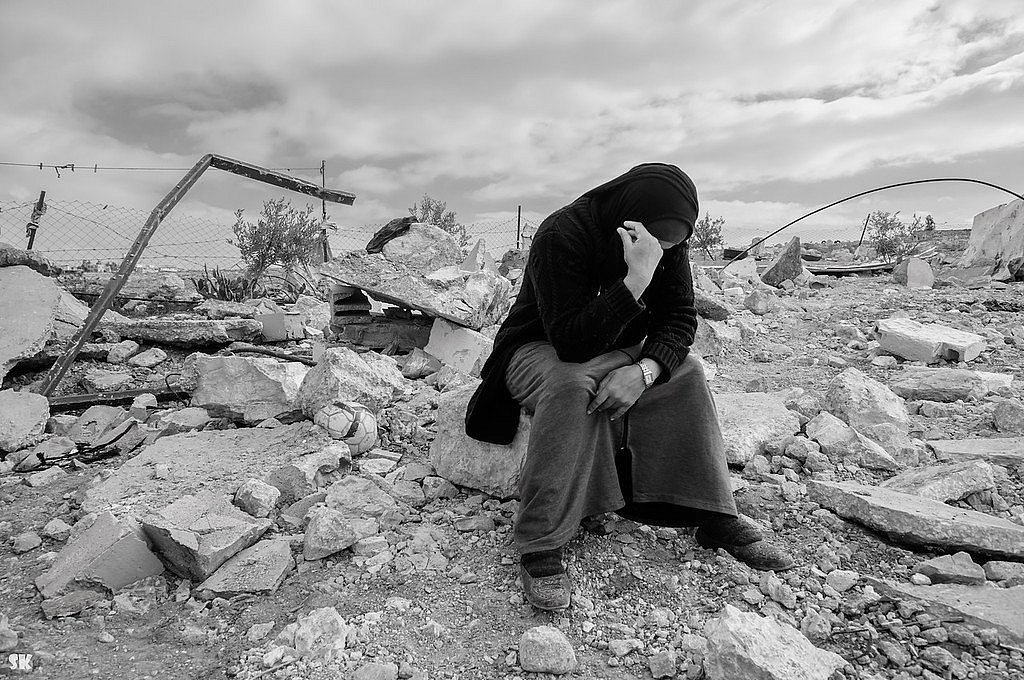The research project, which has regularly published estimates on the number of people who are direct casualties of these wars—using fairly conservative estimates—turned its attention in the current report to indirect deaths, those caused by the disruption of agriculture, health care, transportation and the economy as a whole, linked to the wars.
The staggering total of 4.5 million deaths includes Afghanistan, Iraq, Libya, Somalia, Syria and portions of Pakistan affected by the spillover of the war in Afghanistan. Deaths among US soldiers and contractors, including later deaths due to cancers, suicides and other consequences of the wars, are not the focus.
The estimated death toll from recent US wars gives the lie to the claims that the United States has intervened in the war in Ukraine to defend freedom, democracy and human rights. American imperialism is the most violent and bloodstained force on the planet, and the danger is that, if the proxy war against Russia becomes a more generalized conflict, even involving nuclear weapons, the number of dead would quickly surpass even the horrific toll of the past 22 years.
The report is written in neutral and academic language and “does not attribute direct responsibility to any single combatant,” according to the author, Stephanie Savell, co-chair of the Cost of War Project. The estimates and accompanying anecdotal accounts are nonetheless damning evidence of the responsibility of Washington, under both Democratic and Republican administrations, for the greatest crimes of the 21st century.
Given the impossibility of obtaining accurate demographic figures in the countries studied, several of them still war zones, it was necessary to “generate a rough estimate by applying an average ratio of four indirect for every one direct death.” This is based on a 2008 study by the Geneva Declaration Secretariat, which found, in a review of all wars from the early 1990s on, that the ratio of indirect to direct deaths ranged from three to 15.
Based on previous studies by the Cost of War Project which estimated total direct deaths from these wars at some 900,000 (a conservative number given that there have been published estimates by The Lancet of 600,000 killed by the Iraq war alone), multiplying that by four gives an indirect total of 3.6 million. Adding the two together gives the final estimate for all deaths, 4.5 million.
Whatever the margin of error for such an estimate, the rough figure is itself appalling. It is an indictment of the colossal human toll of the “wars of the 21st century,” as President George W. Bush blithely called them when he launched the first two, in Afghanistan and Iraq. Barack Obama continued those two wars and added three more, in Libya, Syria and Yemen, the latter two using proxy forces. Donald Trump and Joe Biden continued all five, in one form or another.
In a modern-day Nuremberg Trial, all four presidents would be in the dock, charged with conducting illegal wars of aggression and responsibility for mass death and suffering.
The sixth of these wars, in Somalia, was actually launched by Bush’s father with the initial US intervention in 1992; every US administration since has engaged in air strikes, raids by special operations forces and drone missile strikes, as well as blockades of food and other humanitarian aid to one region or another, or for the whole country. There have also been invasions of the country by US proxy forces from Ethiopia and Kenya.
The Cost of War Project suggests four interrelated primary causes of the mass death amidst and in the wake of these wars:
- Economic collapse, loss of livelihood, and food insecurity;
- Destruction of public services and health infrastructure;
- Environmental contamination; and
- Reverberating trauma and violence.
Perhaps the most devastated country is Afghanistan, which experienced 20 years of US occupation and war, following 10 years of guerrilla warfare after the invasion by the Soviet Union, then seven years of civil war until the Taliban seized power, and five years of Taliban rule before the US invasion.
The death rate in Afghanistan for all sections of the population is higher now than at any other time during this dreadful history. According to the report: Afghanistan’s economy has collapsed and over half the population now lives in extreme poverty, on less than $1.90 per day. The situation is dire: 95% of Afghans are not getting enough to eat, and in women-headed households that number is 100%. An estimated 18.9 million people—nearly half the country’s population—were acutely food insecure in 2022. Of these, 3.9 million children are acutely malnourished or “wasting,” insufficiently intaking essential nutrients, with serious physiological consequences. One million Afghan children are at risk of death.
For all practical purposes, there is no health care system in the country outside of a few major cities. The report notes: “After the U.S. withdrawal from Afghanistan, all foreign funding for healthcare abruptly stopped, and a month later, more than 80% of Afghanistan’s healthcare facilities were reported to be dysfunctional.”
The worst situation is for those newly brought into the world. The study continues, “In Afghanistan, approximately one in ten newborn babies died between January and March 2022, over 13,000 in just three months.”
As anthropologist Anila Daulatzai, after a visit to Kabul, told the study, “In a place like Afghanistan, the pressing question is whether any death can today be considered unrelated to war.”
In most of the countries studied, the destruction of agriculture and health care was not an unplanned byproduct of war, but an essential goal of it. In Syria, according to the report: Various parties, including the governments of Syria, Russia, and the U.S., and militant groups such as the Islamic State and the al-Nusra Front, have bombed hospitals and health facilities.
Photo: An internally displaced Afghan child looks for plastic and other items which can be used as a replacement for firewood, at a garbage dump in Kabul, Afghanistan, December 15, 2019 © AP Photo / Altaf Qadri.
Source: World Socialist Web Site.

































